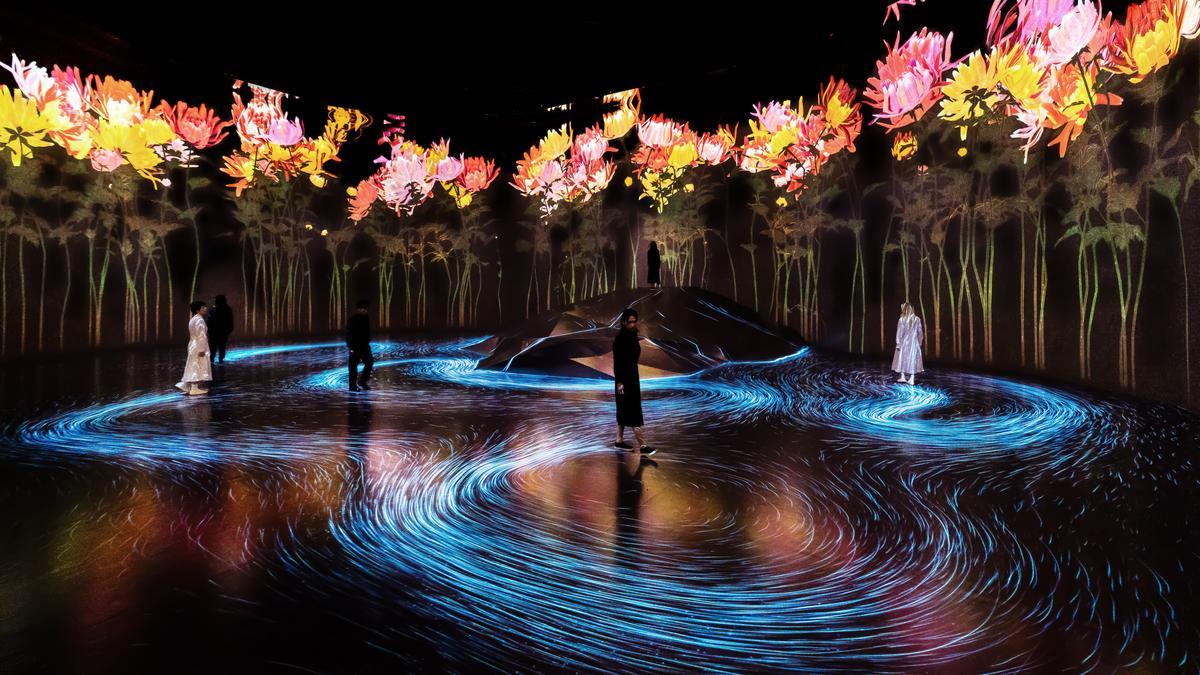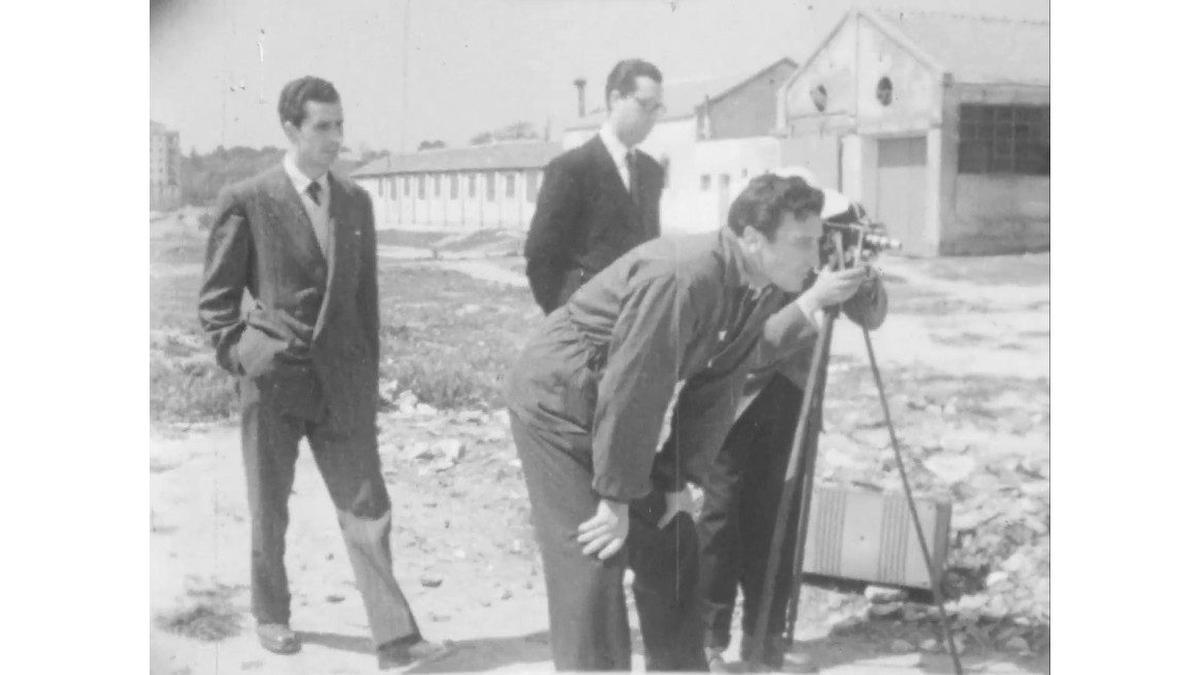
Enter a shadowy corridor intermittently lit by vibrant red and yellow flora, and you’ll find yourself drawn towards what appears to be an abyss. Moments later, it bursts into light. There’s a serenity about it that beckons you to reach out and touch. And upon contact, another lively, animated wall blossoms to life.
In Tokyo’s trendy Azabudai Hills, teamLab’s ‘Borderless’ has recently dazzled a massive audience with an immersive artistic experience within a digital enclosure. This vision is designed to stretch the limits of human senses. Not too far away in India, spectators at Hyderabad’s HITEX Exhibition Centre and Chennai’s Express Avenue mall were captivated as digital almond blossoms, reminiscent of Van Gogh’s famed painting, floated down around them, celebrating the artist’s memorable blues.
This new art form transcends conventional galleries and frames, embracing technology to captivate through stunning visuals.
At the recently inaugurated Nita Mukesh Ambani Cultural Centre (NMACC) in Mumbai, Yayoi Kusama’s Infinity Mirrored Room, a permanent installation, lures art enthusiasts into a mirror-panelled space lit with innumerable LEDs, warping reflection and reality.
“This exhibit is inherently fascinating for both art aficionados and newcomers alike. Kusama’s work demonstrates how a piece of art can transport us to a fantastic new dimension, regardless of our initial motives for engaging with it,” states an NMACC spokesperson. Kusama, a trailblazer in immersive art, began creating these worlds as early as the 1960s.
The Van Gogh 360 and The Real Immersive Van Gogh Experience are two traveling showcases offering a gateway into Van Gogh’s mind, notably for beginners.
Sharan John, the founder at Silly Fellows, which brought the Van Gogh experience to Chennai and Hyderabad, notes, “At the core of these narratives is Van Gogh’s artistic evolution, his distinctive techniques, and the profound emotions within each artwork. The exhibits also provide educational value, sharing insights into Van Gogh’s life and the context of his iconic works.”
In Dubai’s AYA Universe, visitors embark on a virtual voyage across thematically diverse exhibits, like Run As Slow As You Can, where people are transported through VR pods on an absurdist journey. “And don’t forget Oracle, the interactive showcase, or the Instagram-famous bathtub filled with plastic bananas, creating joy for all ages,” a representative at NMACC adds.
The digital realm offers immense creative freedom, a major attraction for artists aiming to push boundaries.
“Digital technology affords intricate detailing and the flexibility for transformation,” says Takashi Kudo from teamLab, an art collective exploring the intersection of art, science, technology, and nature. The collective was initially formed as a rebuke to the isolation digital artists felt from the traditional art world.
Kudo emphasizes that while tech is central to their work, it’s not the most crucial element. The art remains paramount. And although teamLab is tight-lipped about their technological repertoire, their commitment to artistry is unwavering. In Saudi Arabia, a new teamLab Borderless museum is underway, marking their debut in West Asia.
“We prioritize delivering the essence of our message. Quality experience is our goal, not mass appeal,” says Sharan John, discussing the Van Gogh immersion. This dedication to the experience resulted in Chennai’s exhibit utilizing a high-lumen projector to enhance visitor immersion.
Globally, there’s a burgeoning fascination with the unknown, and digital art museums like AYA Universe in the UAE cater to this intrigue. AYA has seen collaborations with over 1,800 social media influencers, solidifying its reach. Kathleen Nikki Fernando, AYA’s marketing manager, adds that 85% of their visitors, mostly international tourists, express desire for a return visit.
To engage a broad audience, AYA spans 12 zones, each narrating part of an abstract, futuristic saga. Initially anticipating niche interest, the exhibit has become a popular destination for families, prompting educational programs for schools. Social media collaboration has been vital for visibility.
Meanwhile, NMACC showcases Liminal Gaps, a three-dimensional, temporally challenging art exhibit that transports visitors into a virtual experience akin to living within a computer game. Until June, it highlights Indian contemporary art while alluding to an art-tech blend in future showcases.
Immersive art transcends the traditional confines of the gallery space, inviting everyone into its boundless realm. From Mumbai to Dubai, from seasoned art lovers to schoolchildren, the revolution of immersive technology in art is undeniably captivating, continuing to redefine how we experience the creations of the human spirit. The ultimate triumph of this art revolution lies in its capacity to unite and fascinate universally.










